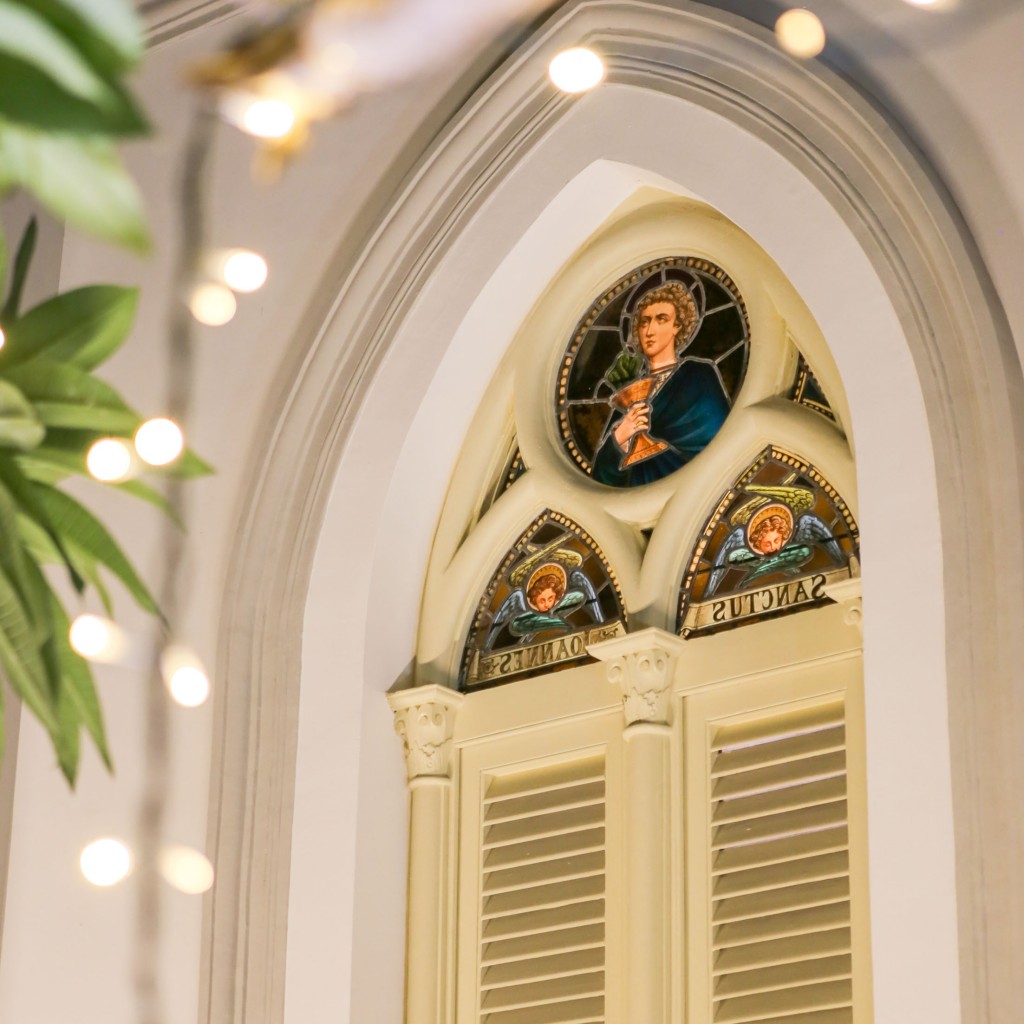Christian Capital: Singapore, Evangelical Flows and Religious Hubs
April 16, 2019

While Easter is associated with the resurrection of Jesus, it is also commonly linked to painted eggs and the Easter bunny. The commodification of religion frequently occurs through the materialisation of religious objects and practices into commodities, as well as the extension of religious authority into new technologies. This process has often been addressed by scholars, but Professor Robbie Goh (NUS Department of English Language and Literature) argues that these studies often give an incomplete picture of the interactions between religious spheres and broader international capital flows.
In ‘Christian Capital: Singapore, Evangelical Flows and Religious Hubs’ (Asian Studies Review, 2016), Prof Goh asserts that religious capital, with regards to Christianity, does not only refer to “megachurches” and their global reach. Rather, it also encompasses the less tangible wealth created in interactions between religious institutions and their national contexts. He uses Singapore as an example of one of Asia’s Christian hubs, where the nation’s geographical positioning as a centre for financial and cultural flows into and out of the continent makes it a gateway for Christian leaders and missionaries to access major countries like China, India, and Indonesia. Prof Goh argues that it is this emergence of leading hubs directing an economy based upon religion which deserves more attention in the study of religious capital.
Read the article here.
